The Michelin Guide began when the tire company — Michelin Tires — wanted to encourage travelers to drive to their destinations, in turn boosting car and tire sales. This helpful guide offered maps, attractions, and briefly mentioned places to stay and eat. The publication began as a travel guide to encourage day trips and now covers a range of prestigious ventures such as the flavor and personality of dishes at restaurants. Today, the coveted Michelin stars are awarded to the very best of the best restaurants.
According to The International Culinary Center, US-based restaurants only became eligible for Michelin stars in 2005, and the list continues to grow. The ratings range from one to three and rank the most sophisticated and successful restaurants around the world.
Bvlgari Hotels & Resorts is proud to announce that both the hotel’s signature restaurants, the Italian Il Ristorante — Niko Romito and the Chinese Bao Li Xuan, have been awarded Michelin stars during the Michelin Guide Shanghai 2020 presentation ceremony.
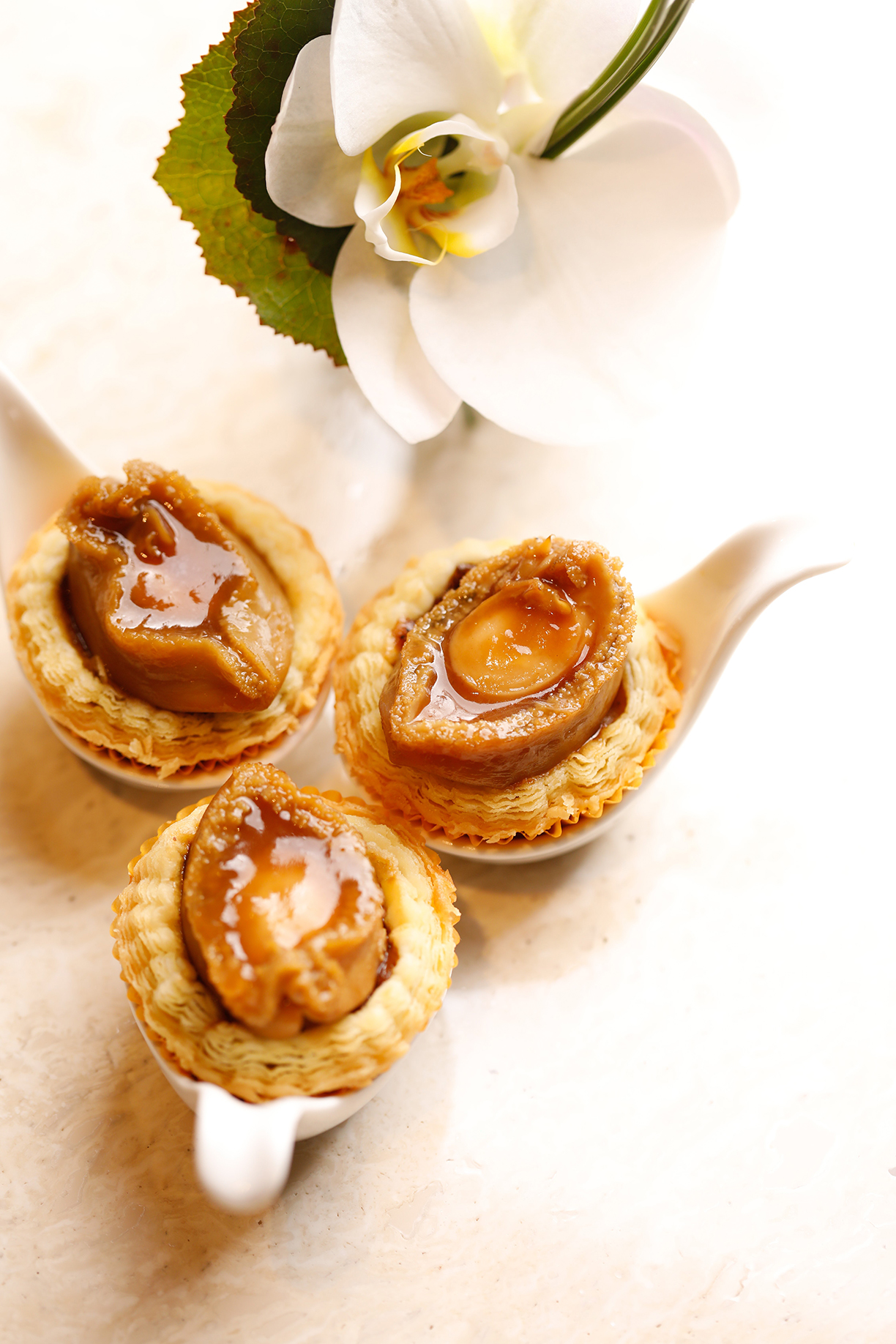
Bao Li Xuan — 1 Michelin Star
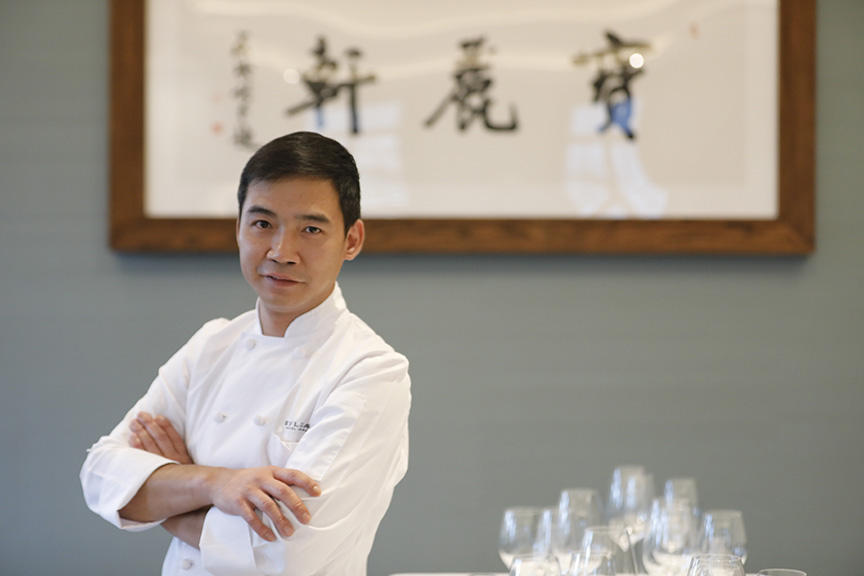
Located in Bvlgari Hotel Shanghai’s historic Chamber of Commerce Shanghai building, Bao Li Xuan will celebrate its first anniversary in October 2019. An enchanting blend of classic nostalgia and metropolitan modernity framed by its unique heritage setting dating back to 1916, the restaurant serves exquisite Cantonese cuisine prepared by Chef Fu from Hong Kong.
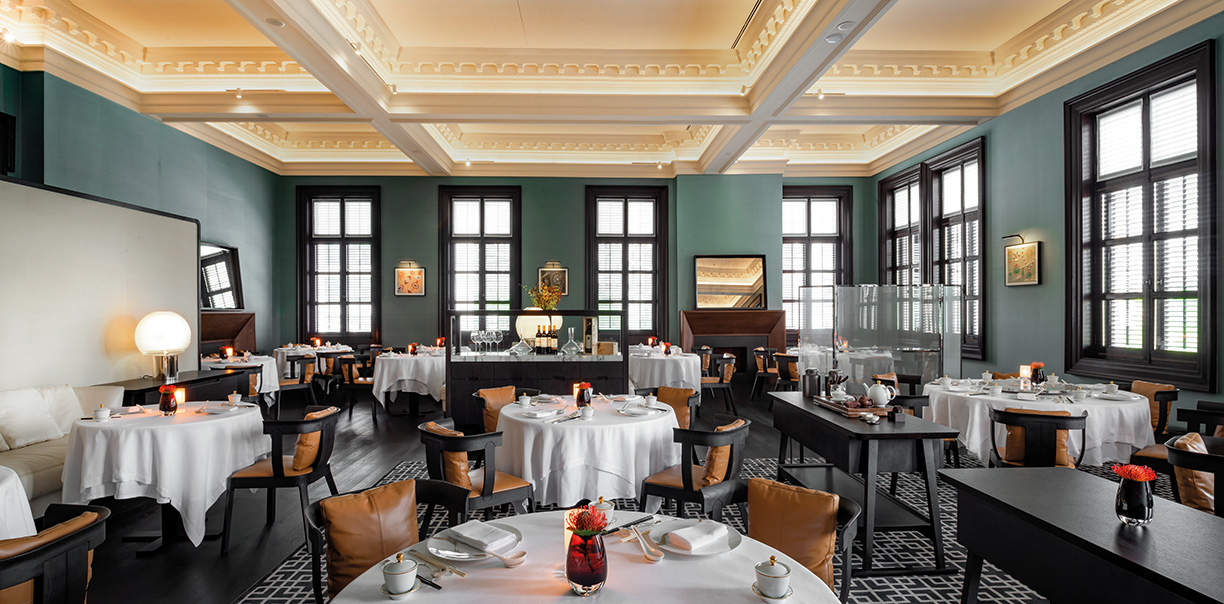
II Ristorante — Niko Romito — 1 Michelin Star
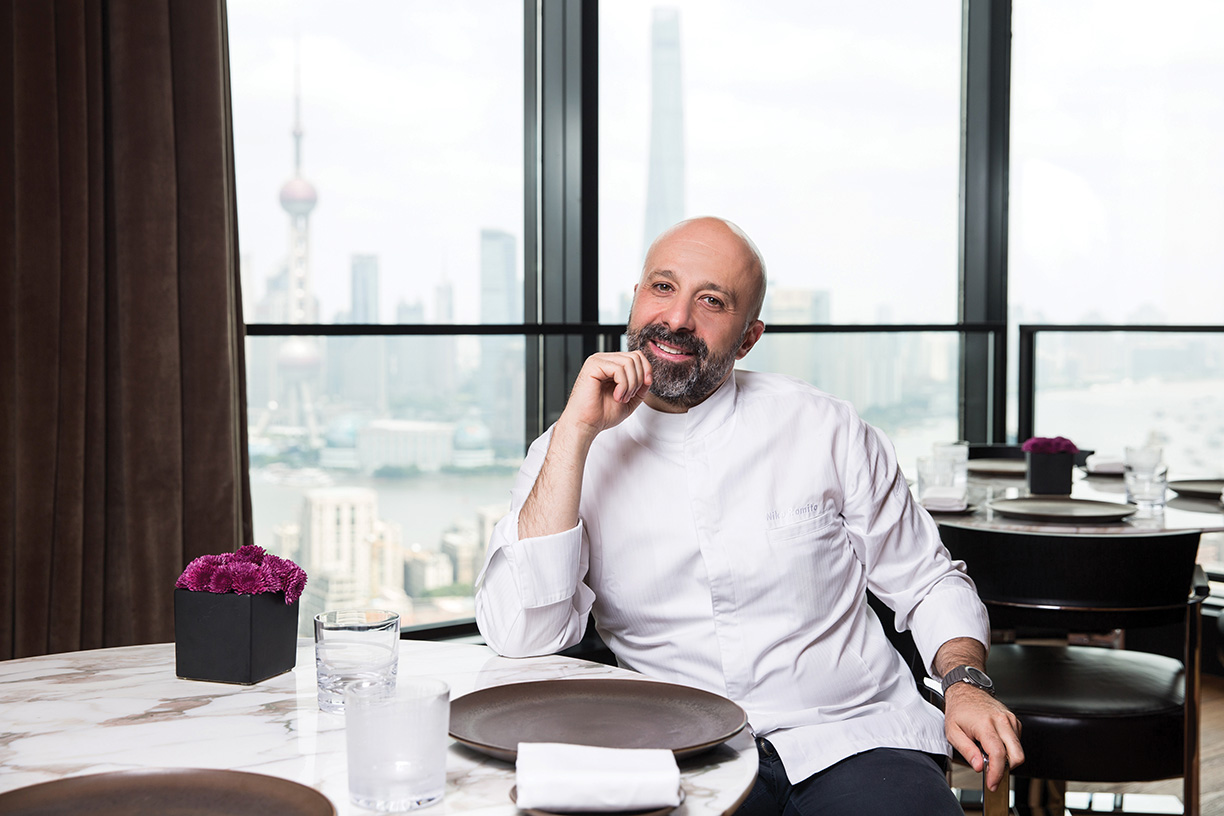
Il Ristorante — Niko Romito represents a unique collaboration between Bvlgari Hotels & Resorts and the renowned Italian chef-patron of 3 Michelin star restaurant Reale in Abruzzo. Showcasing a new gastronomic concept that the chef specially designed for Bvlgari Hotels & Resorts, Il Ristorante — Niko Romito is currently present in the Bvlgari properties of Dubai, Beijing, Shanghai, and Milan. Niko Romito is one of very few Michelin-awarded chefs in Italy to receive this prestigious acknowledgment by the Michelin Guide both in his home country and internationally.

Other Michelin Rated Restaurants To Try
Michelin Rated Italian
Giovannelli (Kerry, Ireland) — Italian cuisine crafted from homemade pasta and fresh local herbs.
Crust (Phuket, Thailand) — A cozy setting for Italian classics, such as scallops with truffle risotto and tiramisu.
Hos Thea (Oslo, Norway) — This small but well-established Italian restaurant only used the freshest ingredients.
Michelin Rated Chinese
Daguan Noodle (Chicago, Illinois) — Chinese cuisine with a twist on comfort, think rice noodles and steaming bowls of broth.
Duck & Rice (London, England) — A converted pub serving delectable Chinese classics with fireplaces and booths for added comfort.
Wei Lou (Seoul, South Korea) — Located on the 34th floor of Grand InterContinental Seoul Parnas, the spacious venue, delectable favorites make it ideal for large gatherings.
Photos courtesy of Bvlgari Hotels & Resorts
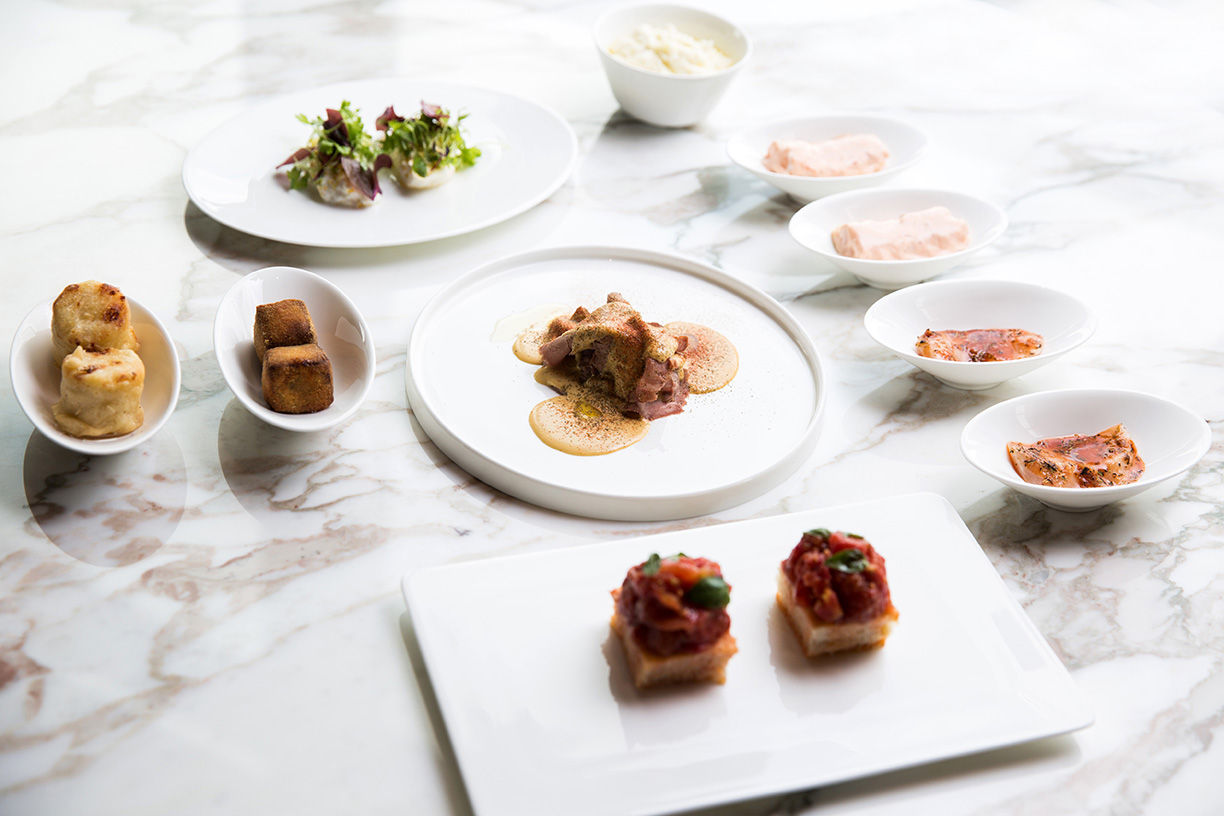
For similar content, try; Mainstream Middle Eastern, Cutting Edge, Catering to Today’s Food Trends, Gourmet Food Halls.
Once relegated to unpretentious mom-and-pop eateries, the diverse cuisine of the Middle East has graduated to sophisticated, award-winning restaurants across America.
Every Middle Eastern culture has its own food (some countries even have distinct local cuisines), but culinary boundaries are much more amorphous than national borders. Despite a surprising degree of cultural diversity, the region’s indigenous products — chickpeas, dates, pomegranates, saffron, and olive oil, to name a few — result in some universal themes, even among adversaries.
Additionally, the use of spices like turmeric, cumin, garlic and sumac contribute to consistencies from Israel to Turkey, Lebanon to Iran. The cooking of all of those distant lands is drawing unprecedented interest among American diners, who are attracted by both its exotic qualities and relative healthfulness.
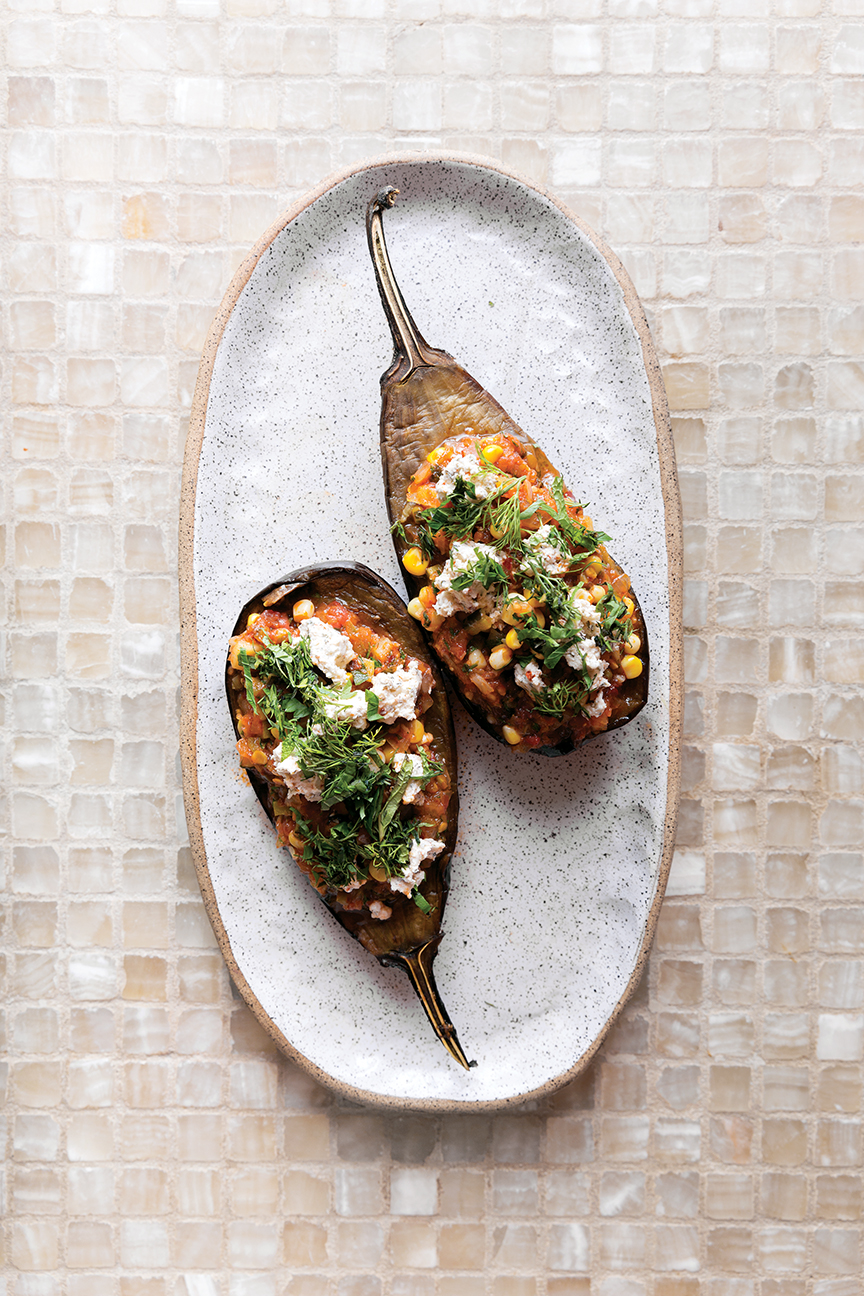
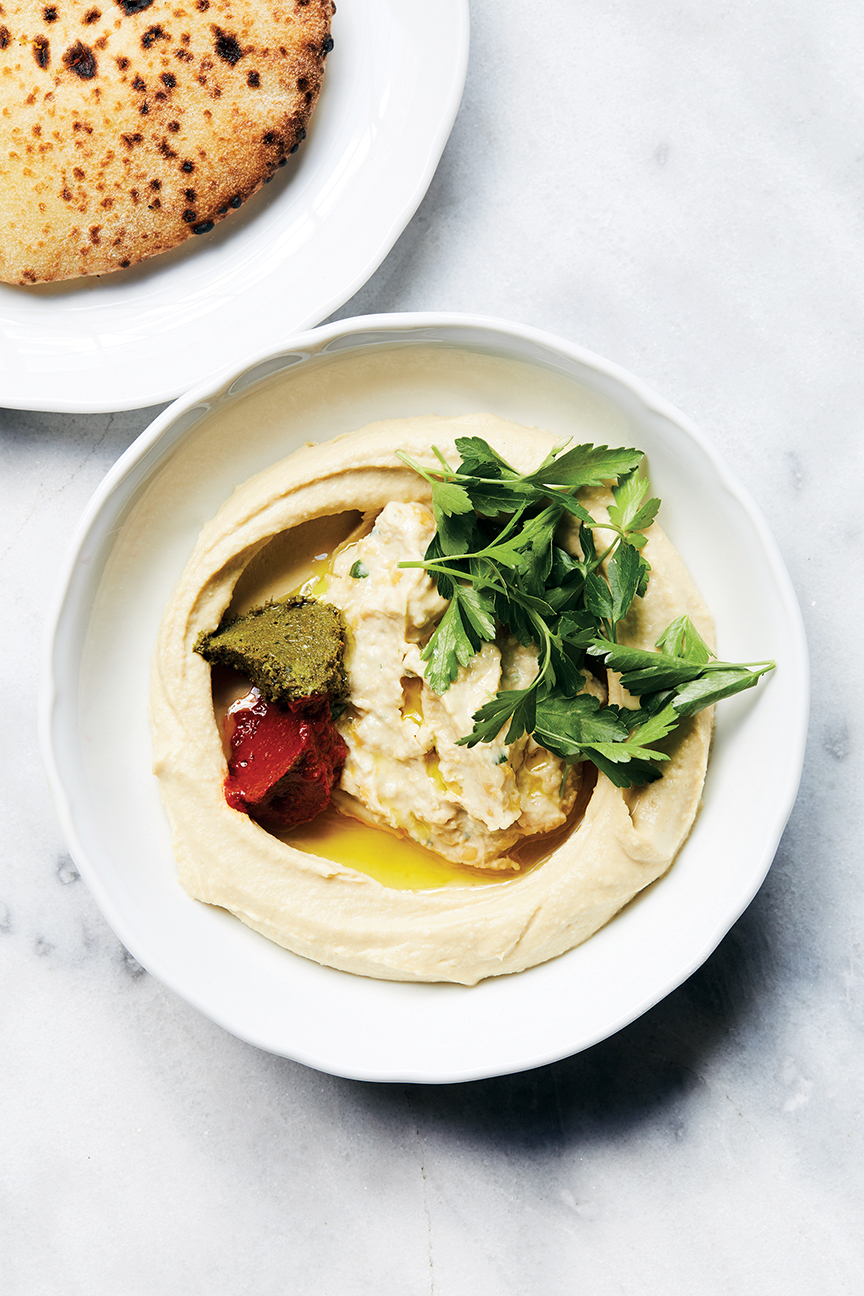
Photo by Nicole Franzen
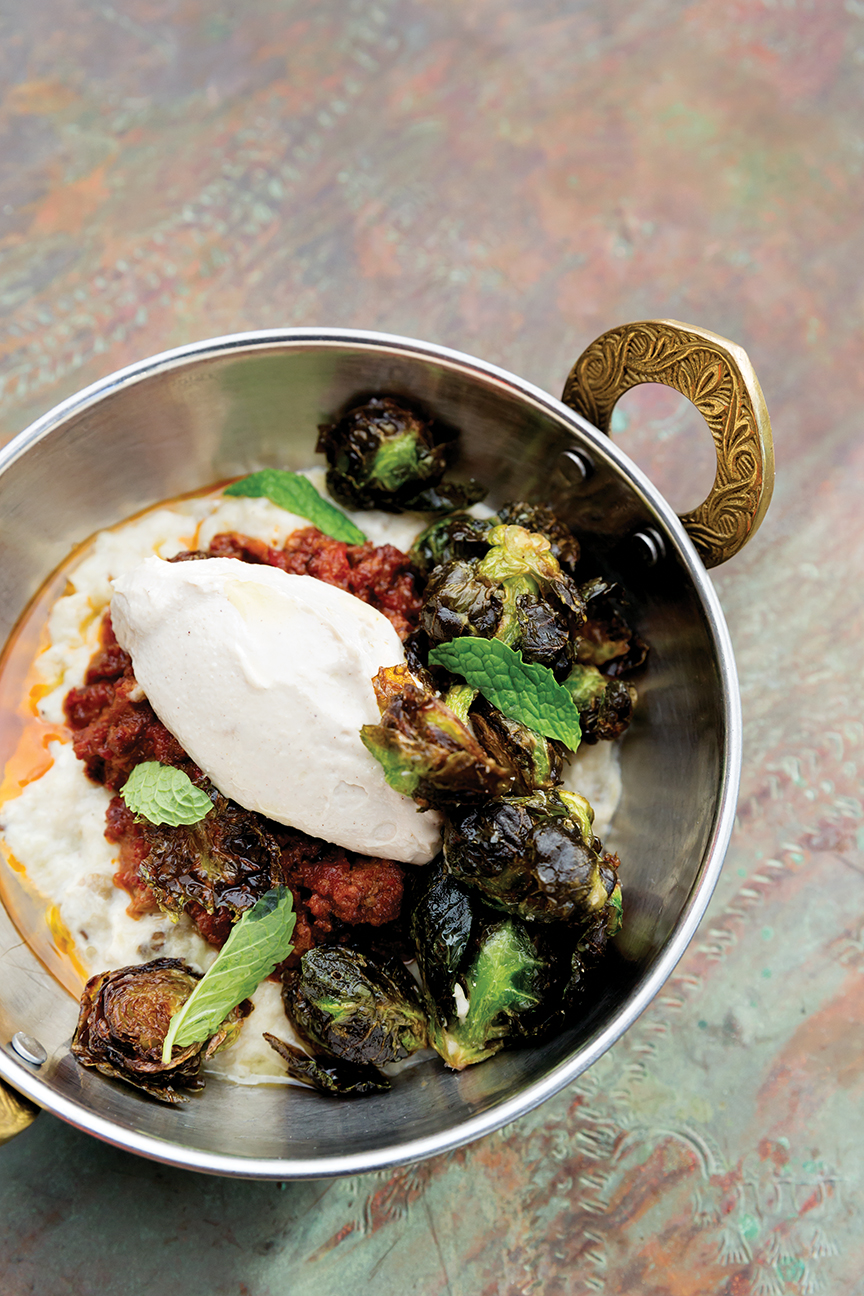
Food Photos by Kristin Teig Photography
Chef Michael Solomonov, a native Israeli who grew up in Pittsburgh, opened Zahav (“gold” in Hebrew) in Philadelphia a decade ago and has won multiple James Beard Awards for his modern Israeli cuisine. Hardly an elitist, the chef/owner is frequently found covered in flour, preparing his legendary laffa bread dough for the restaurant’s wood-burning oven. In his festive, high-ceilinged dining room, traditional lanterns hang over the bar and a photo mural of Jerusalem’s Machane Yehuda Market sets the mood.
Author of Israeli Soul and Zahav: A World of Israeli Cooking (for which he won a couple of those awards), Solomonov is pleased to introduce authentic Israeli cooking to American diners. “Zahav was our way of bringing Israeli hospitality and the soul of Israeli cooking and dining to the U.S.,” says the chef. Solomonov reports that originally the menu was very literal, concentrating on authentic Israeli dishes. “But now we’ve become more comfortable in this conduit role and the relationship that we have for being a culinary tour guide, implying Israeli food without having to copy-and-paste recipes we see over there.”
“We can’t simply call Israeli cooking ‘Middle Eastern,’” insists Solomonov, noting the diverse influences in the country, including about 100 cultures represented by Israeli residents. “We have this convergence of European, Middle Eastern and North African cuisines all happening symbiotically — that’s what makes our food Israeli,” he says.

Photo by Kristin Teig Photography
Hummus with various toppings arrives with Solomonov’s signature laffa, while other mezze include veal carpaccio with coffee-brined egg and preserved lemon, and grilled duck hearts with green garbanzos. Grilled over coals are merguez sausages, harissa-spiked hanger steak or branzino, all elevated versions of traditional dishes from Israel.
The acclaimed chef points to diversity as one of the factors contributing to the current popularity of the region’s cooking, noting that its reliance on vegetables and traditional techniques (e.g. cooking over wood) also appeal to contemporary restaurant-goers. “Diners are always looking for something new, and since there’s so much history and soul in this cuisine, I think it relates to American cooking more than people realize,” says Solomonov.
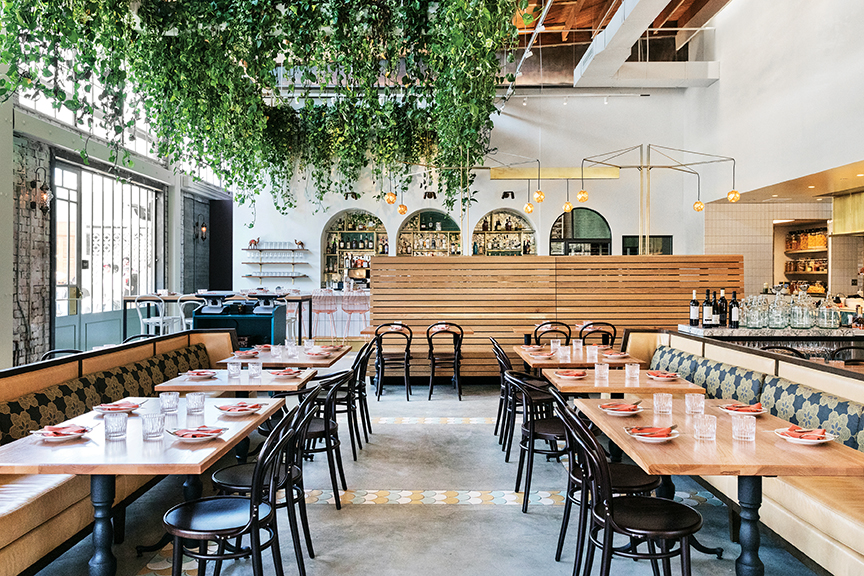
Photo by Dylan + Jeni
Bavel Los Angeles
In the Arts District in downtown Los Angeles, where crumbling factories are being transformed into chic art galleries, boutiques and bistros, young chef Ori Menashe and wife Genevieve Gergis have become prominent restaurateurs. Their first establishment, Italian-inspired Bestia, gave the Arts District culinary cred back in 2012, and this year they followed it up with Bavel, a contemporary Middle Eastern eatery.
Menashe was born in L.A., but raised in Israel, and collectively the couple also has roots in Morocco, Turkey and Egypt, so their menu at Bavel is informed by the entire region. L.A., with its large Persian and Armenian populations, is a city already accustomed to Middle Eastern cuisine, but Bavel satisfies a pent-up demand for a more sophisticated, contemporary experience. Dishes such as velvety foie gras halva, lamb tartare and grilled dorade with red charmoula delight diners.
“We always wanted to open a restaurant that showcases cuisine from our family lineage with flavors and spices we grew up with,” explains Gergis, who also serves as Bavel’s pastry chef. The couple does not believe in being limited by expectations of authenticity and is more concerned about allowing high quality ingredients to take center stage. “Everyone is always searching for authenticity, but every day in this world people are creating beautiful new works of art and delicious things to eat while only being authentic to themselves,” explains Menashe.
At Cambridge, Massachusetts’ Oleana, a mile from the Harvard campus, chef/owner Ana Sortun creates a progressive menu inspired by the cuisine of Turkey, which she fell in love with as a young chef. “The food is so rich, but nothing is heavy,” says Sortun, explaining the sophisticated use of spices in Turkish cooking is distinct from any other cuisine.
“My mission was to expand people’s perception of the Mediterranean and bring Middle Eastern cuisine into the mainstream,” says the classically trained Sortun, whose heritage is actually Norwegian. She suggests that increased travel to the region, health-consciousness and advocacy from chefs like Zahav’s Michael Solomonov are contributing to unprecedented popularity of the region’s cooking.
“I try to introduce my customers to authentic flavors, not necessarily the kind of authentic dishes I would cook if I was a native of Turkey,” says Sortun, who admits a penchant for creativity. A meal at Oleana might begin with mezze such as spinach falafel, quail kabab with a baharat spice blend, or Mediterranean deviled eggs. Larger plates include za’atar-spiced chicken with a Turkish cheese pancake or striped bass with pistachio muhammara, followed by desserts like a Turkish rendition of profiteroles.
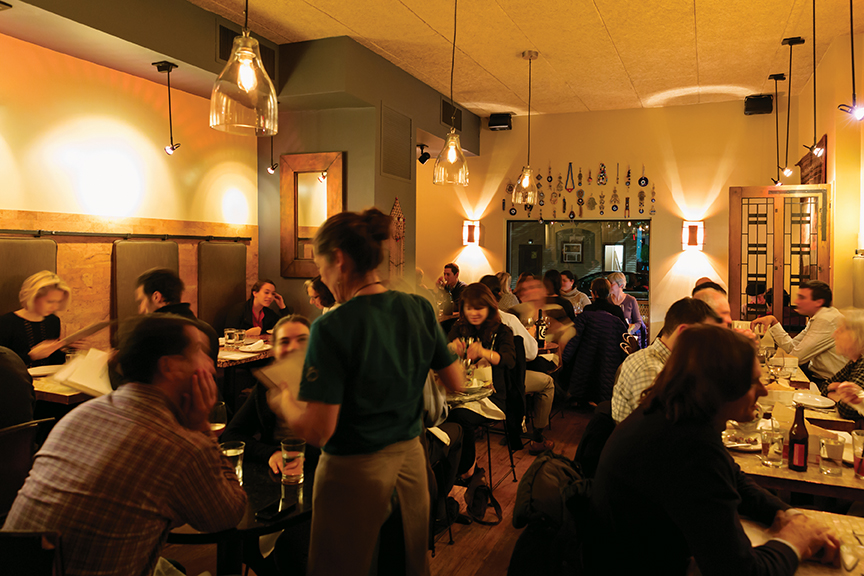
Photo by Kristin Teig Photography.
Oleana Cambridge, Massachusetts
Sortun also co-owns a casual bakery and mezze bar in Cambridge called Sofra, and Sarma in nearby Somerville where former Oleana chef Cassie Piuma presents Middle Eastern exoticism disguised as familiar American comfort foods. “We wanted Sarma to be young and accessible, with small plates and a big bar,” says Sortun, who adds, “It’s more playful, less serious than Oleana.”
Snacks at Sarma include Turkish-spiced beef jerky, brisket shawarma served taco-style, pork belly biscuit sliders layered with jalapeño-whipped feta, and a Middle Eastern riff on the iconic Philly cheesesteak. “Cassie is using language to make the cuisine at Sarma more accessible,” says Sortun, noting that expressing familiar concepts builds trust with diners.
New Orleans hardly seems the place to find exceptional Middle Eastern cuisine, but Big Easy diners are happy to take a break from gumbo and étouffée for chef Alon Shaya’s contemporary Israeli cuisine. His restaurant, Saba (“grandfather” in Hebrew), features a homey dining room and a menu that layers modern concepts over ancient traditions from the Middle East.
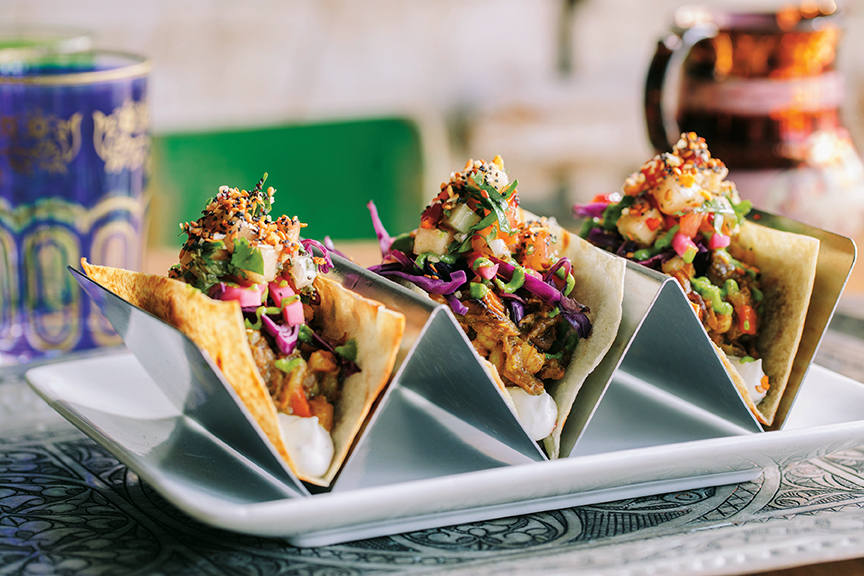
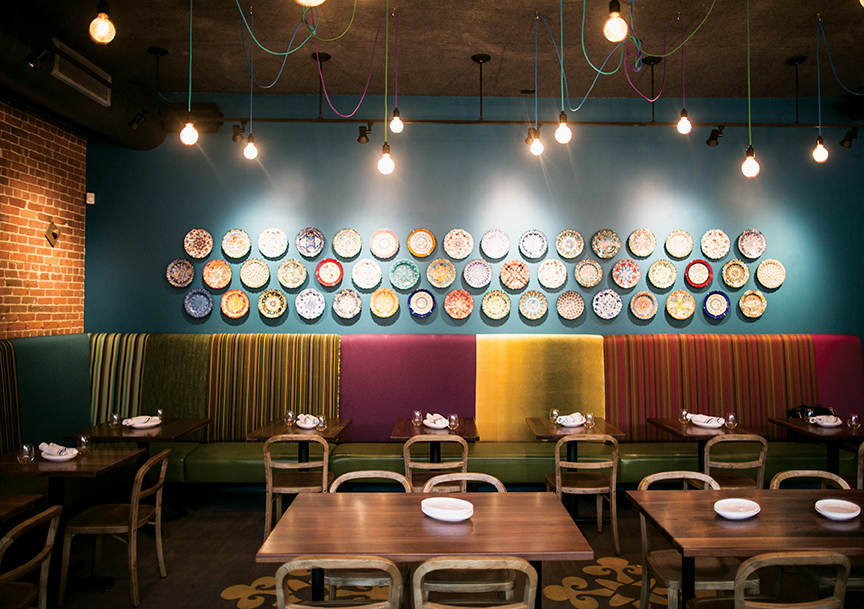
Photo by Susie Cushner.
Sarma Somerville, Massachusetts
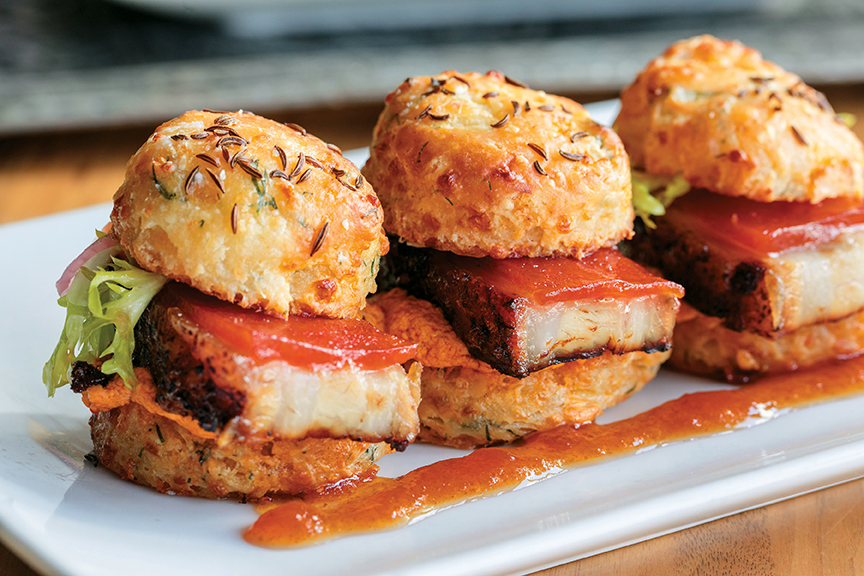
Food Photos by Brian Samuels.
At Saba, Shaya offers a selection of hummus preparations incorporating everything from spicy Brussels sprouts to blue crab, while octopus is treated with shawarma spices and foie gras is complemented with date honey and Marcona almonds. Caviar may precede family-style harissa-roasted chicken or Moroccan-inspired lamb shank pastilla.
“We don’t try to invent anything,” says Shaya, who states the restaurant’s goal is to create food that evokes memories and emotions. Concurring with Philadelphia’s Solomonov, he reports, “Israeli cuisine is different because of the immigration that occurred over the last 70 years,” with cultural influences in Israel, including Russian, Yemenite, Greek, and Moroccan. “It’s how those cuisines intermingle that make it unique,” adds the Israeli-born chef/owner.
Shaya does not necessarily subscribe to the view that Israeli and Middle Eastern cuisines are suddenly trendy. “I think it’s just good, comforting and recognizable food,” he says, adding for emphasis, “I think it’s actually anti-trendy, and that’s why so many people like it.”
Bavel Los Angeles www.baveldtla.com
Saba New Orleans www.eatwithsaba.com
Oleana Cambridge, Massachusetts www.oleanarestaurant.com
Sarma Somerville, Massachusetts www.sarmarestaurant.com
Sofia Bakery & Café Cambridge, Massachusetts www.sofiabakery.com
Zahav Philadelphia www.zahavrestaurant.com











